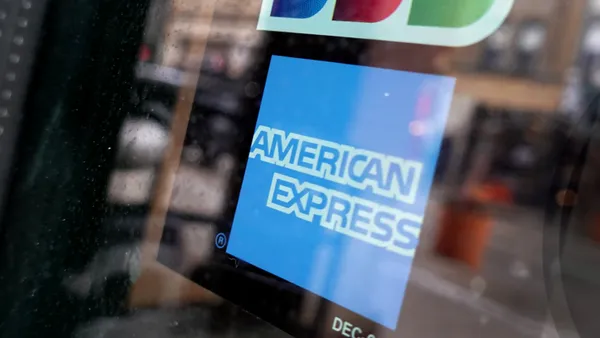Phil Goldfeder is the chief executive of the American Fintech Council. BNPL providers Affirm Holdings and Clarity Pay are AFC members.
For millions of Americans, buy now, pay later (BNPL) services have become essential tools for managing their finances. These services allow purchases to be made with flexible repayment terms, often with little or no interest. By some estimates, more than 90 million Americans use BNPL, a growing number that highlights consumers’ desire for more transparent, lower-cost credit options.

However, a significant gap in credit reporting has meant that responsible BNPL use isn’t rewarded in the form of higher credit scores. Despite responsible BNPL providers treating their products as a loan, and BNPL's steady rise in popularity over the last decade, credit bureaus are still working tirelessly to accurately reflect consumers' repayment history in credit profiles.
This is set to change, as Affirm Holdings, one of the country’s largest BNPL providers, announced partnerships with Experian and TransUnion to begin reporting consumers’ BNPL history in credit reports. Other major BNPL providers have continued limiting their credit reporting, or not reporting at all, halting the industry’s progress toward using this data to help consumers. Failing to share this data is depriving all BNPL users of a more accurate and complete credit profile that records timely payments and responsible BNPL use.
As the BNPL industry continues to evolve, all providers must commit to the highest consumer standards, including sharing comprehensive, standardized data with credit bureaus. Only by ensuring that every consumer’s repayment history is reflected can we deliver fair credit outcomes and increase access to the financial system.
While some companies have expressed concern about their users’ scores being negatively impacted, it is important for BNPL providers to work closely with the credit bureaus to ensure that scoring reflects the unique characteristics of BNPL and ultimately benefits consumers. Research released earlier this year from FICO and Affirm showed that incorporating all of a consumer’s BNPL loan data into credit profiles can improve scores. Strengthening credit reporting in BNPL will advance the interests of consumers, the industry, and the credit system that underpins our economy.
BNPL is transforming how consumers handle everyday expenses because it offers a modern alternative to traditional revolving credit. Responsible providers offer clear terms, predictable payments, and interest-free options that help consumers budget more effectively. In a country where revolving credit card debt has reached $1.2 trillion, BNPL provides a transparent way to manage cash flow and avoid the hidden fees and compounding interest that trap many families.
However, our credit scoring models were designed for a different era, built around credit cards and long-term loans. They fail to capture the short-term, installment nature of BNPL, leaving millions of consumers who pay on time without any credit benefit. This gap especially harms younger borrowers and the tens of millions of Americans with thin or no credit profiles.
Updating credit reporting to reflect BNPL use is a long-overdue modernization. Incorporating this data will reward responsible repayment, give lenders a fuller picture of financial behavior, and bring more fairness to the credit system.
The industry’s path to addressing this issue is clear: providers should furnish comprehensive, standardized BNPL data; bureaus and scoring firms should incorporate that data in a way that reflects BNPL’s short-term structure; and consumers should receive clear disclosures about how repayment behavior impacts their credit.
At its core, integrating BNPL into credit reporting is about creating a system that reflects how people actually live, borrow, and spend today. By recognizing responsible use of BNPL alongside traditional credit, we can build a financial system that supports inclusion, trust, and long-term consumer success. BNPL providers who share this goal should commit to reporting credit data so consumers receive the credit they’ve earned.












